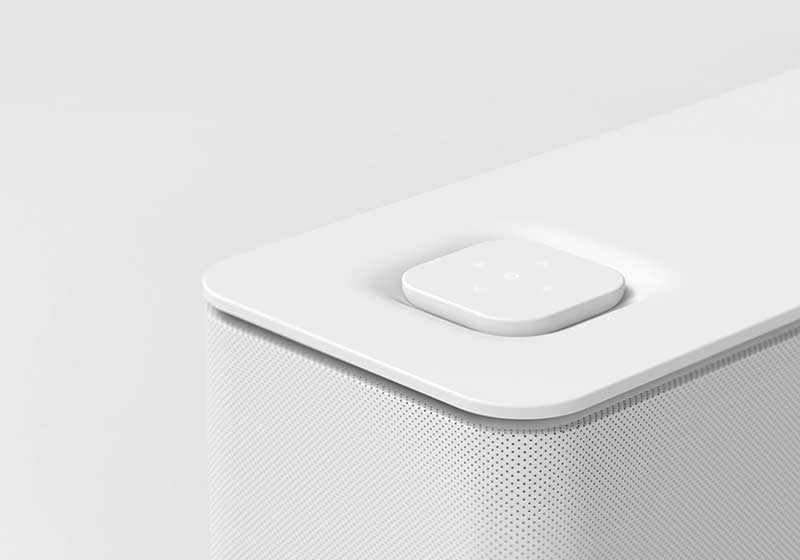Design trends for 2022
- Storytelling
- Experiment with navigation placement
- Seamless experience
- Voice user interface
- Personalized experience
- Creative scrolling experiences
- Emotive interaction design
- Data visualization




1. Storytelling
—
The fact that humans react to storytelling is not news. Stories have been with us since our existence, as evidenced by cave paintings, fairy tales, all the words and images that time travel seamlessly and join us together in common narratives. It’s a social activity that helps people relate to what’s being narrated. These stories and experiences are at their core emotive, they evoke curiosity and are immersive. Looking towards 2022, we see this timeless tool as a notable UX trend.
2. Experimenting with navigation placement
—
The placement of navigation on the screen and how users will reach them are two very important considerations in UX. And as mobile usage and screen sizes continue to grow, UX designers will have to come up with solutions for users to reach that navigation menu, usually sitting at the top. This year we will see UX designers playing around with navigation placement—moving the navigation or key buttons and items closer to the bottom of the screen, or some hybrid where the navigation is at the top but there are tab options for key pages at the bottom.
3. Seamless experience
—
This UX trend is all about creating a user experience that flows smoothly from one step to another. To achieve a seamless experience, UX designers need to focus on creating continuity, whether that’s the continuity in a specific scene or process like making a payment, or the continuity of the higher, bigger picture like the complete customer journey from landing on the site, browsing the online shop, to making a purchase, to receiving the item.
It’s important that user experience is consistent and that each element within the given experience is a natural progression of one another. A smooth flow of experience means a positive experience for the user.
4. Voice user interface
—
Voice assistance (creating great user experiences through voice control) isn’t a new UX trend by any means. What’s new is how it’s taking shape today. Originally, UX design for voice interfaces was screen-first, meaning that our first and main point of contact was the screen. That’s why, voice user interfaces can fall short, by being glitchy, failing to integrate with the app, or incurring delays of when a person should speak, to name a few.
5. Personalized experience
—
Personalizing user experience is a trend that’s not going away any time soon. With the abundance of content that users can access on the web, more and more apps and websites personalize the experience to each individual user, whether that’s providing personalized suggestions or meeting accessibility guidelines. The goal for the UX designer is to create a design and product that closes the gap between what any user expects or wants and what they experience.
6. Creative scrolling experiences
—
Scrolling is an experience on its own, and it’s getting more and more imaginative. This UX trend focuses on the journey of uncovering more and more bits of a website by scrolling. Elements in the background change, elements move through the page with the users, or users that are immersed in the experience of what the website has to offer.
7. Emotive interaction design
—
Emotive interaction design, or emotional design, is all about creating experiences that bring up an emotional response in users. Through these experiences, users build a deeper connection to the website or app and have an overall more positive and memorable interaction. They follow the journey with the user and provide encouragement and support.
8. Data visualization
—
Visualization of data is an absolute, essential part of some experiences but if not done right, it can be rather cryptic and overwhelming. The data visualization UX design trend explores ways in which this experience can become visually pleasing, easily digestible and more exciting. Some of the obvious ways of doing this in UX design are through bar charts, line charts and pie charts, and using bright and vibrant colors.








